As the US toilet paper shortage is always on the horizon, 2020 has done a tremendous job of making our American’s life utmost inconvenient. On top of that, Winter is coming. And if the Coronavirus is set to write the Season 8, heavy TP consumers are gonna experience many gut-wrenching days ahead. Hence THAT is why we are going to build a rain barrel, something that can provide plenty of natural water to save you and your family in time of dire needs!
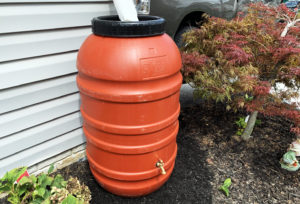 Joke asides –it becomes apparent that during this pandemic, a lot of folks begin to take great interest in a home-grown vegetable garden. It’s a wonderful, absolutely zen thing to do when social life is limited along with the cost of healthy diet is also rising. However for those of us living in a hotter zone, owning a backyard garden may also mean a much higher water bill. So having a rain barrel to save some money on the long run is a complete no-brainer.
Joke asides –it becomes apparent that during this pandemic, a lot of folks begin to take great interest in a home-grown vegetable garden. It’s a wonderful, absolutely zen thing to do when social life is limited along with the cost of healthy diet is also rising. However for those of us living in a hotter zone, owning a backyard garden may also mean a much higher water bill. So having a rain barrel to save some money on the long run is a complete no-brainer.
But before we go out to buy anything, check with your local code first. Some county would fine you for collecting rain water. So much for muh-freedum, right?! But the reason is actually understandable — especially for areas that are often prone to have terrible drought periods. Letting rainfall water return to nature helps prevent forest fire and protect the circle of life and whatnot. Well in that case, our only hope for you is TP isn’t all out in your area.
Alright let’s get started.
1. Definitely at least 55-Gallon BARREL or larger. People who lived dangerously said a 55-g fish tank could also work, but I haven’t tried it yet.
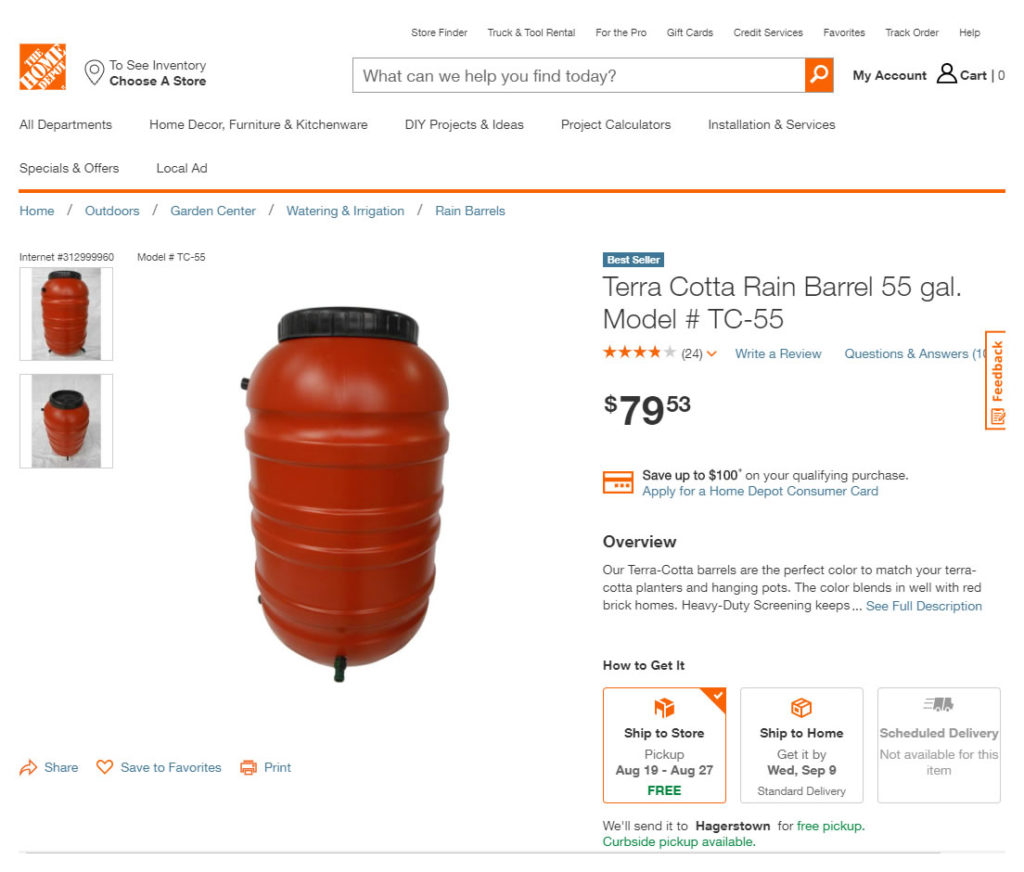
This pre-made rain barrel costs $80 at Home Depot. I bought the same one off Facebook local marketplace for $20, plus $12 worth of additional materials to create an outlet. So the question is whether you want to DIY and save money or buy a ready-to-serve product.
2. MATERIALS
I purchased all of these items at a local Home Depot for a good price, but Amazon links are also included if you’re stuck at home.
3. TOOLS
Tools are the expensive part, particularly when you don’t already have them on hand. If it makes you feel any better, it should be a one-time purchase that will become useful for many future DIY projects. You can also grab all of these items at a Harbor Freight store.
– A drill.
-Grab the 1/2″ hole saw (should be the smallest one) from your hole saw kit. Assemble the saw bit using the instructional manual.
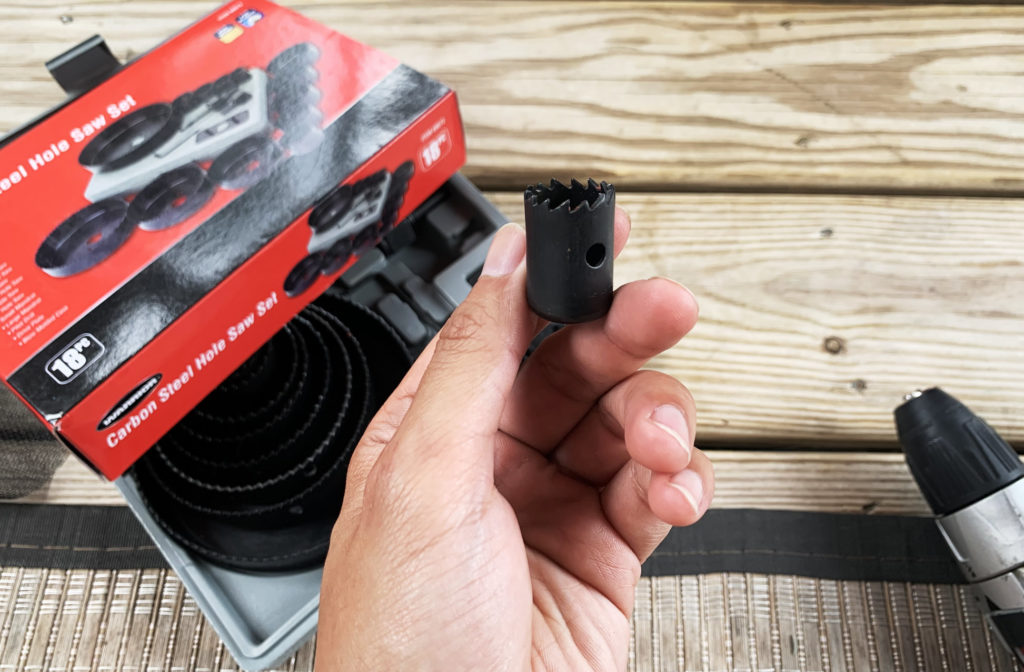
-Find the lowest area on the barrel where the surface is flat and smooth, then move up two inches. That’ll be your drilling point.

-Take your time to drill this hole, it must be a good and clean cut otherwise you are gonna spend a lot of time to fix all the leakage in the future.
-Cut a small piece of sand paper to smooth out your new hole. Try to remove all the burrs from the drilling.
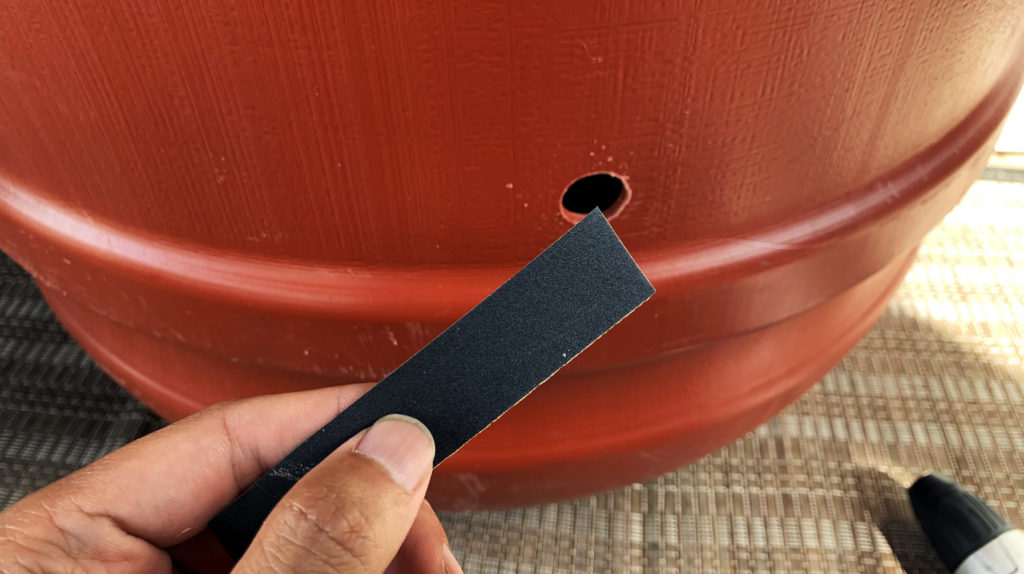
-Time to lay out all the items you bought earlier.

-Slide the first o-ring in the hose bibb’s male connection.
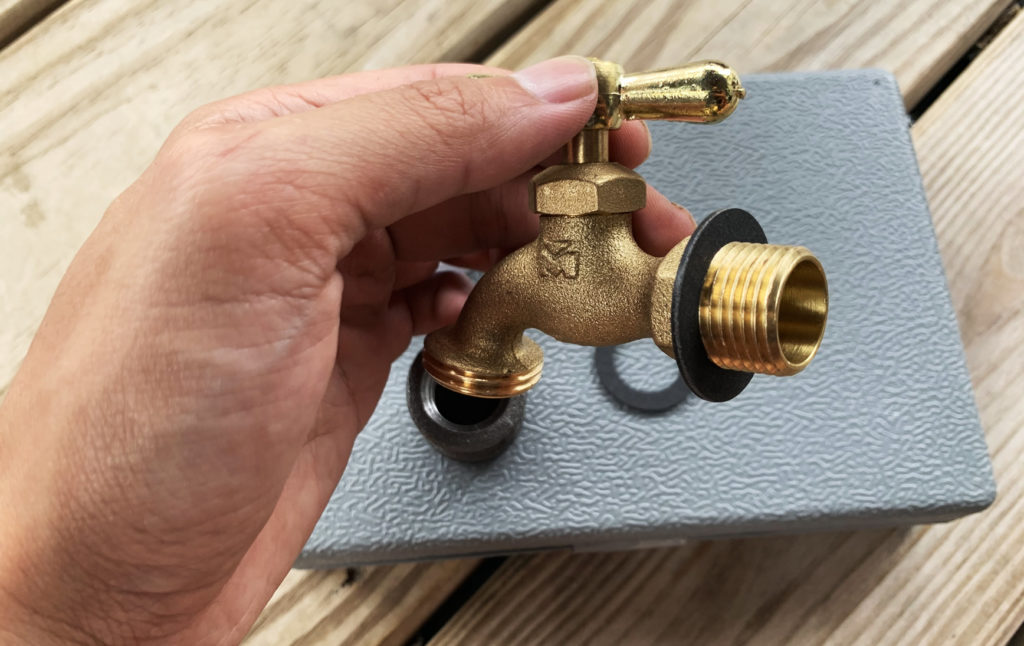
-Wrap Teflon tape around the threaded connection, do it clockwise. This way, when you screw the hose bibb into the barrel, it will not undo the wrapping.
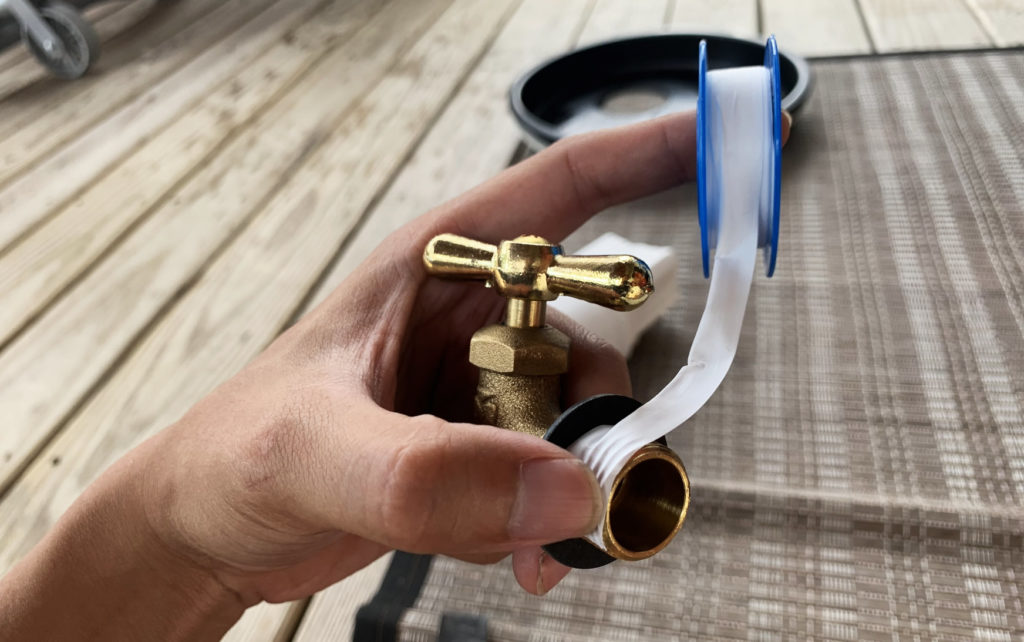
-The Teflon tape, black iron coupling and the o-rings will create a perfect air-sealed, durable outlet for your rain barrel.
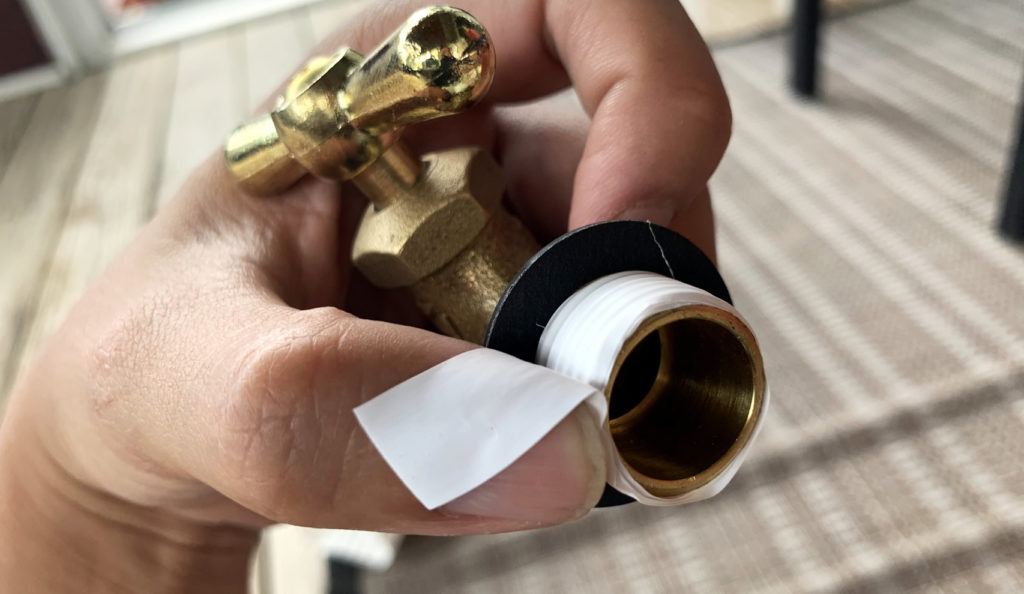
-Handtighten the hose bibb until the O-ring has a slight change in shape.
You don’t have to over-tighten it, that will cause tearing issue with the hole which we try to avoid. Instead, the iron coupling will handle the job of keeping the hose bibb securedly in place.
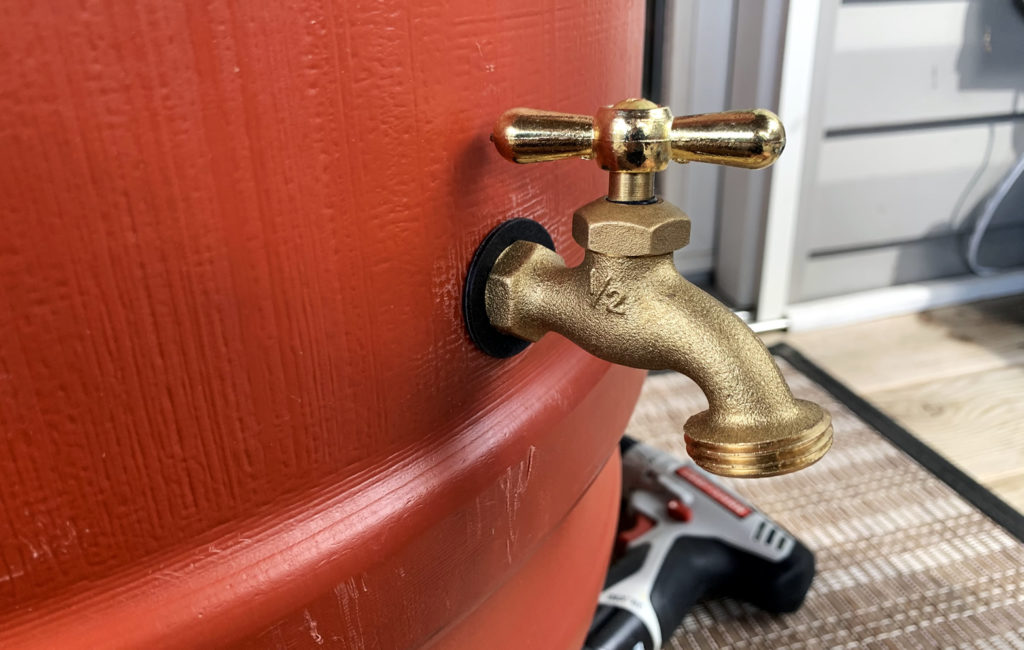
-Now lay the barrel on the side, you can easily attach the second o-ring onto the hose bibb.
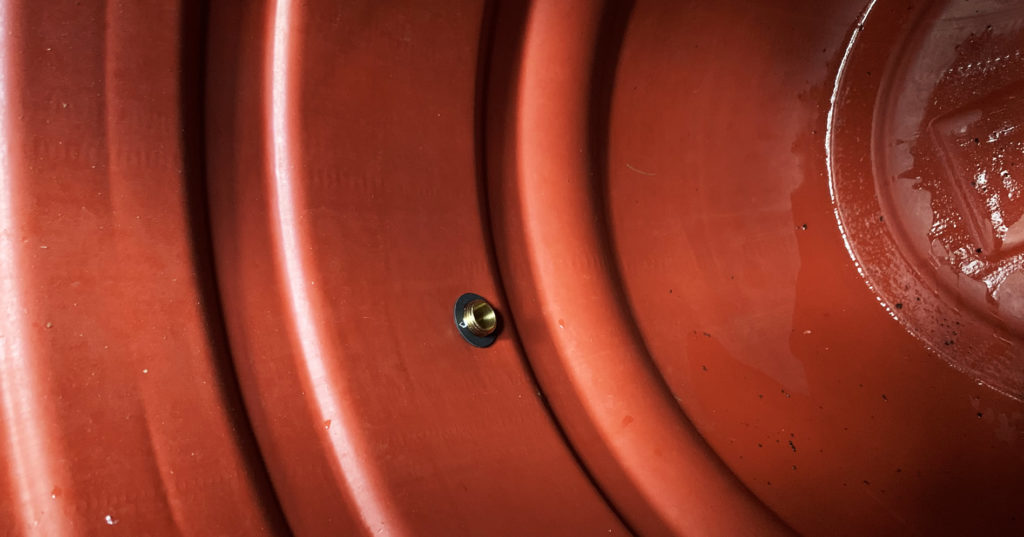
-Then you can go ahead and tighten the black iron coupling to the hose bibb. It’s recommended to have a second person hold the hose bibb in place while you turn the coupling.
 -Time to put the lid back on. Grab a larger hole saw of your choice and drill it away!
-Time to put the lid back on. Grab a larger hole saw of your choice and drill it away!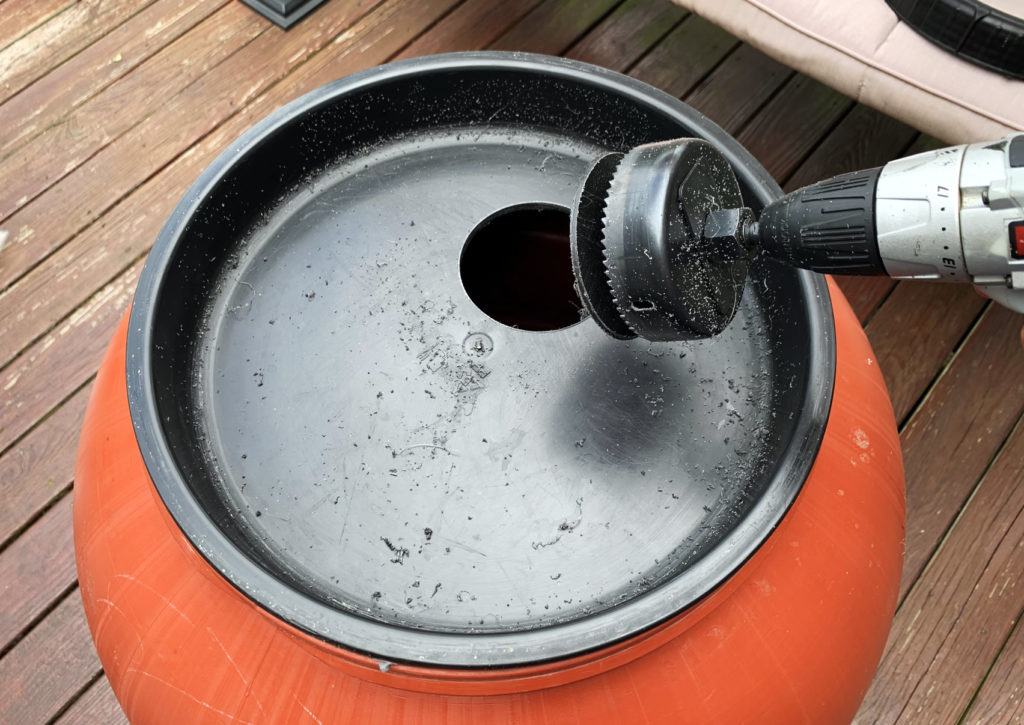
OPTIONAL: Most folks are fine with having water from the downsprout flow directly to the rain barrel.
However, I’d like to have a layer of filter to prevent the accumulation of roof debris at the bottom of the rain barrel, as well as other insects and mosquitos. You can use a window screen/landscape fabric to do this job. I chose a fiberglass window screen for its durability.
-First cut a large piece of the window screen, put it on the inner top, close the lid and start trimming along the side. It makes everything a lot easier to get a perfect fit.

III. Finishing Up
Now your rain barrel is ready to go!
Take a walk around the house and find a downsprout where it collects the most cubic feet of rain fall possible. Then measure and cut the current downsprout with a hacksaw. Install the flexible downsprout, level out the area where your rain barrel will sit and boom! Free water incoming!
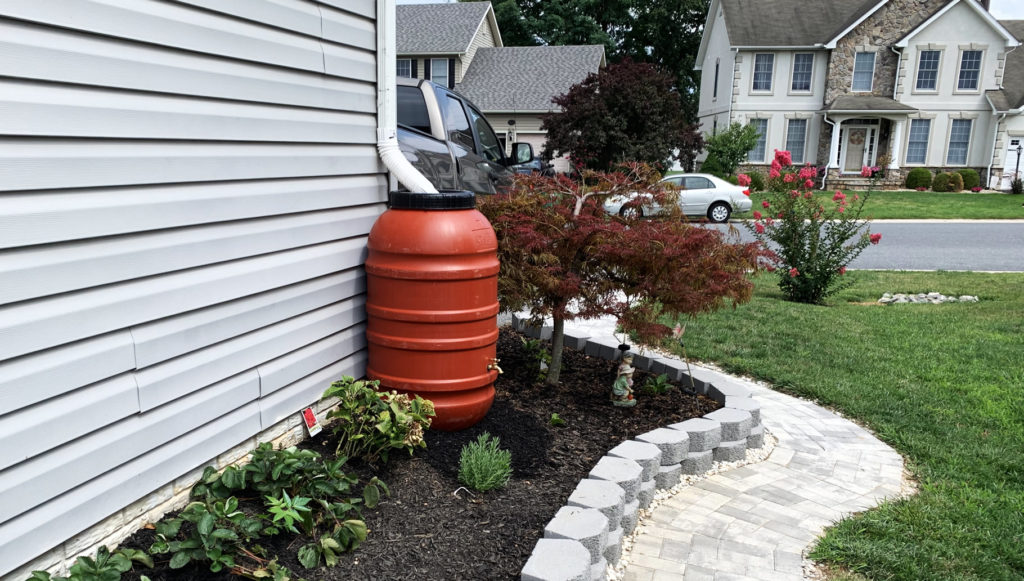
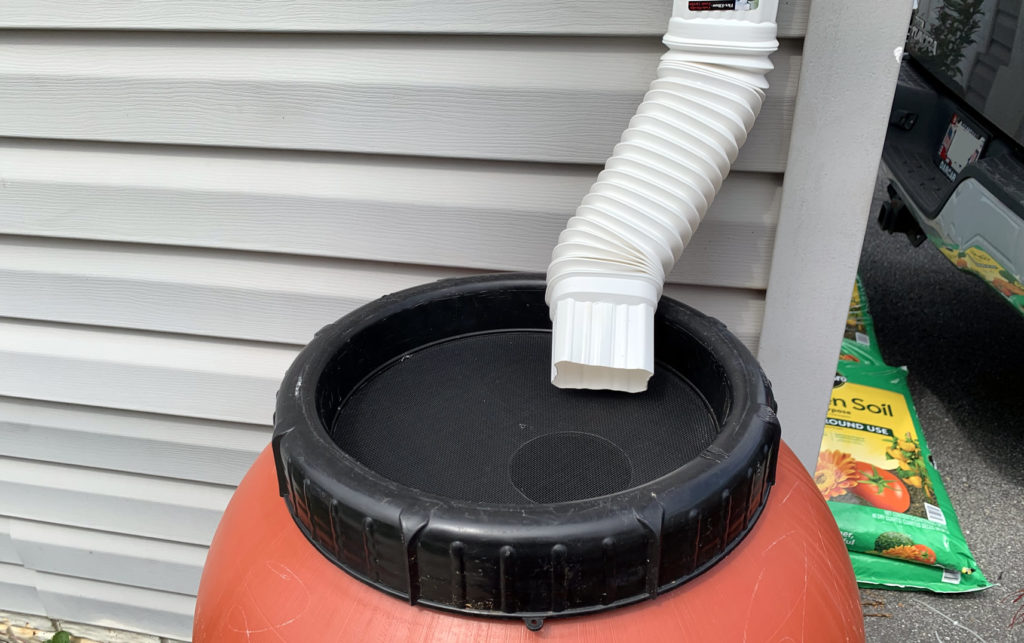
Have any question or comment? Let me know right below!
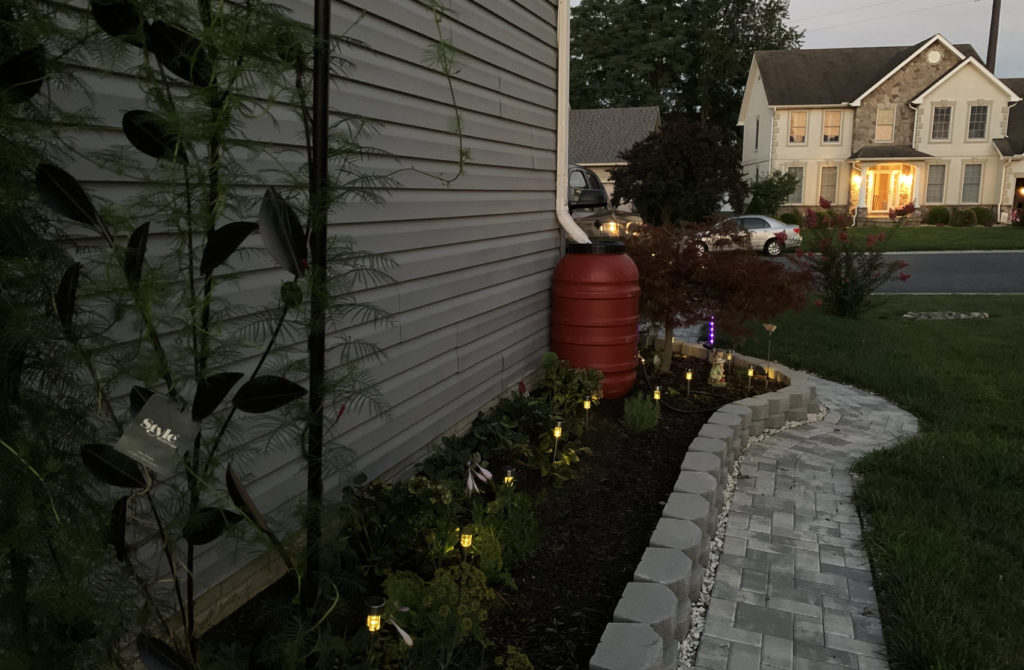














Amazing project!